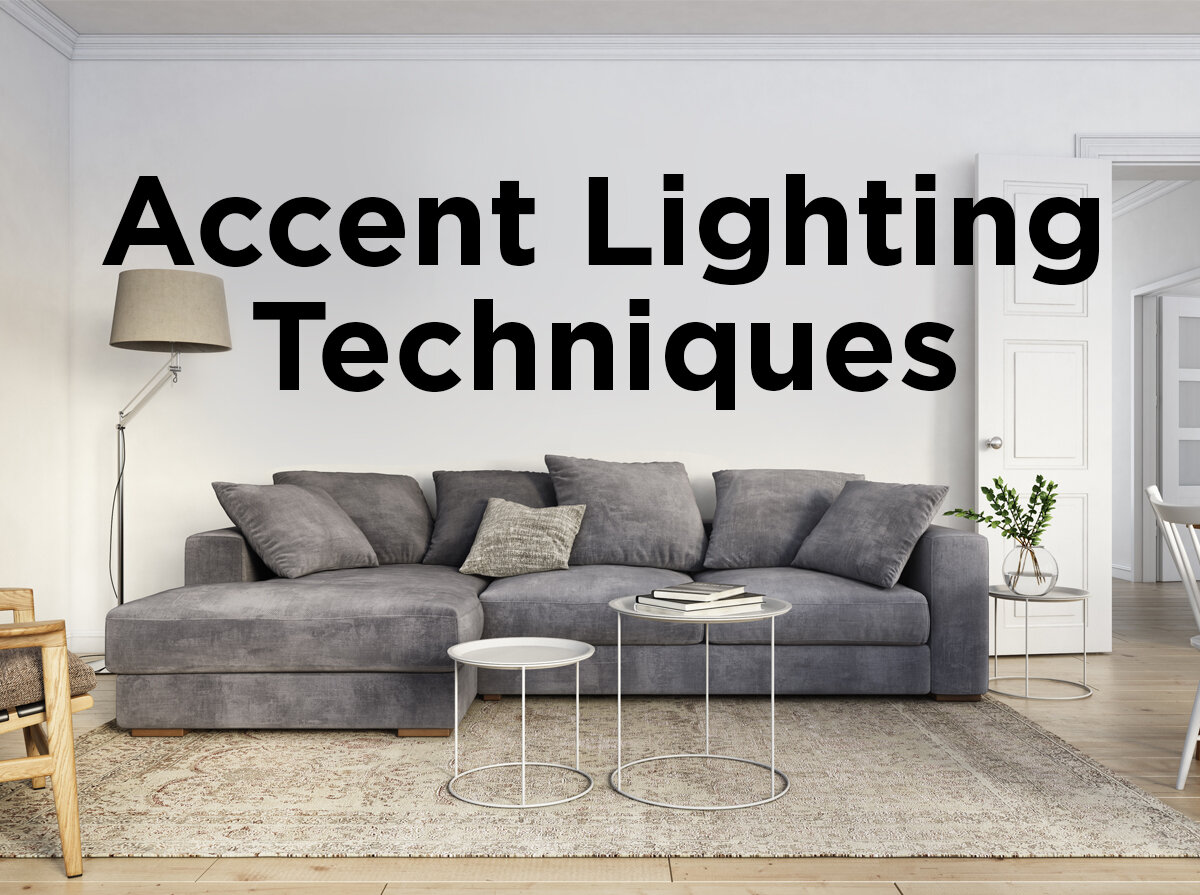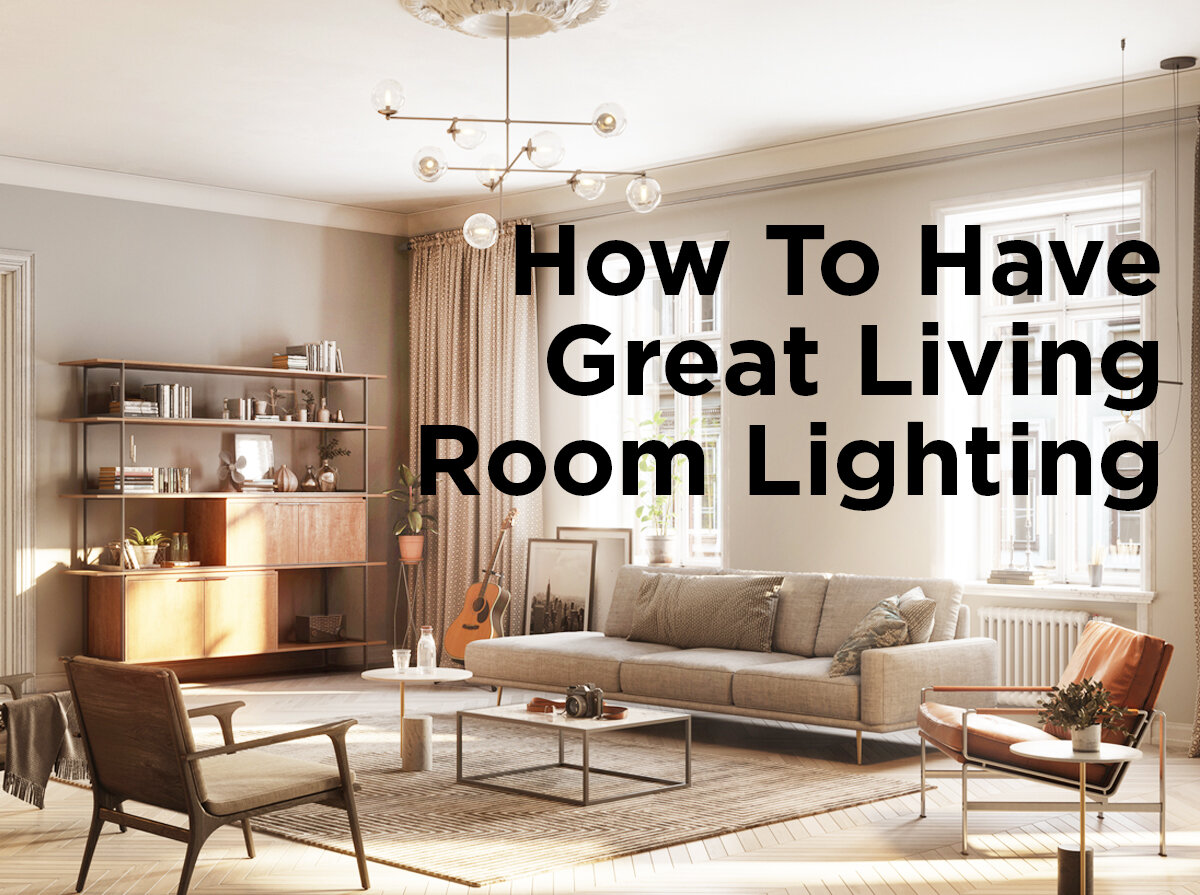Accent Lighting Techniques
The three layers of lighting design – ambient, task, and accent lighting – are necessary to sufficiently illuminate any home. The ambient layer provides general overhead lighting, the task layer provides directional lighting for activities, and the accent layer provides creative lighting to highlight artwork, objects, or architectural features for decoration. However, while nearly every home successfully incorporates the ambient and task layers, many fail to take full advantage of the accent layer—mostly because it can be difficult to get it “right.” Nonetheless, wisely using backlighting, display lighting, uplighting, and wall-washing techniques can do a lot to enhance your home’s visual appeal.
Backlighting
Backlighting is when you place light behind an object to create the illusion of depth. It is also considered backlighting when the light is positioned around or underneath the place or thing you actually want to highlight. This technique can add an element of mystique to any room by creating contrast through coupling dramatic shadows with a haunting glow. The best places to use backlight accents include inside alcoves, under cabinets, beneath furniture, behind screens or displays, and underneath steps. The most common (and easiest-to-install) fixture for backlighting is LED tape light, but under-cabinet lights and certain downlights can be suitable options as well.
Display Lighting
Perhaps obviously, display lighting is when light is directed onto areas or objects you want to make more prominent in a room. In the home, display lighting is commonly used to feature objects placed inside large, glass-door cabinets or on alcoves and shelves, though it is also used to highlight artwork on walls or above fireplaces. Beautiful indoor plants, vases, expensive tableware, and sculptures are a few commonly displayed items. Because displays typically only highlight one to very few things at a time, spotlights (reflector bulbs with focused beam angles) placed in downlight or track light fixtures are the most prevalent choices for display lighting, yet under-cabinet lights are most often used to show off items on shelves or in cabinets.
Uplighting
As you may have already guessed, uplighting involves using fixtures to direct light up towards the ceiling. Silver crown bulbs and certain lamp shades can deflect light upwards when used in standing or table lamps, and select wall lights or sconces mounted higher on the middle-third of your walls can also direct light up – typically to illuminate high or vaulted ceilings. Uplighting can also be used outdoors, often coming from a fixture mounted in the ground such as a landscape bullet, to draw attention to scenic features such as fountains, sculptures, trees, or plants. It is also commonly used to angle artistic touches of light towards the front of the home.
Wall-Washing
Wall-washing is accomplished by covering an entire wall with light, from ceiling to floor. This technique is typically used to expand boundaries or call attention to positive aspects of your room, such as artwork or architectural accents (e.g. mantles or fireplaces). To create a wall-washing effect, mount recessed eyeball lights, track lights, or other directional light fixtures at or above the ceiling.
All these techniques use light in a way that creates contrast or focal points in a room, thereby fulfilling the purpose of successful accent lighting. Consider using these tips in the near future to show off your home in a new light for the New Year! So tell us: do you take advantage of accent lighting in your home? Leave us a comment or let us know on Facebook, Twitter, LinkedIn, Pinterest, or Instagram!







